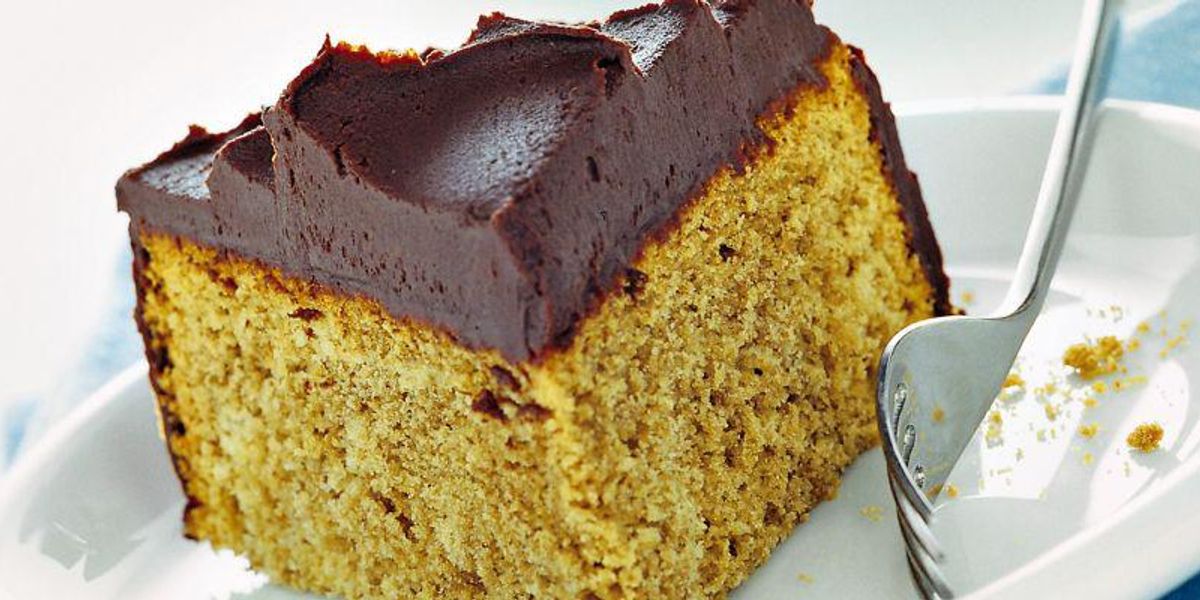
“At twenty you have the face that mother nature gave you. At fifty what you built yourself ". A soft skin, a youthful face, a radiant complexion are partly a gift of nature. But genetics, experts say, only count for 30%, while the remaining 60% (botox, fillers and facelifts aside) is the result of a specific lifestyle. That starts at the table
“At twenty you have the face that mother nature gave you. At fifty what you built yourself ". A soft skin, a youthful face, a radiant complexion are partly a gift of nature. But genetics only count for 30%, experts say, while the remaining 60% (botox, fillers and facelifts aside) is the result of a specific lifestyle. That starts at the table. “The first step to take care of skin health is to choose a correct diet - explains dermatologist Magda Belmontesi - Like all cells, even the keratinocytes of the skin, in order to divide and mature, depend on the nutrients that are assumed by eating. This is why providing the skin with the essential nutrients it needs (and which often begin to run out with age) helps to keep it healthier for longer, delaying the aging process ”. A dull complexion, accentuated wrinkles and an oval that shows the signs of aging indicate that it is urgent to increase the intake of selenium, the most effective anti-aging in making the skin more compact.
Selenium is the best friend of eternal girls, because once it enters the body, it forms mucopolysaccharides, particular substances which, when combined with our connective tissue, form a well-stretched network and therefore improve the texture of the tissues. Furthermore, selenium is used to synthesize glutathione peroxidase, an enzyme that, with vitamins E and C, protects cells from free radicals. In short, selenium is beneficial for everyone, including men, as it has been shown to be effective in the prevention of prostate cancer.
At least 55 micrograms of selenium should be introduced with food every day. A goal that can be reached with a careful diet and the right amount of food of animal origin, but more difficult for some. For example, those who rarely consume fish, vegetarians, vegans and those who live in polluted environments are more likely to fail to reach this threshold. So much so that in Italy we stop on average at 43 micrograms per day.
But not all of Italy is the same, also because the selenium content in Italian soil differs from area to area. Some researchers have verified the content in wheat grown in different parts of the peninsula, discovering a great variability: it goes from a minimum of 7 to a maximum of 254 micrograms per kilo of wheat. "Some areas, such as Sardinia and Sicily, have a good percentage of selenium in the soil, which then passes into cultivated vegetables and food - writes Dario Bressanini, researcher at the Science and High Technology Department of the University of Insubria in his interesting book "The lies in the shopping cart" - The maximum is recorded in the province of Pavia, where the average values correspond only to half of the potentially toxic threshold. But Pavia people who consume many local products of animal origin (such as meat) could exceed the risk threshold. The vegans of Novara or Lodi are in the right place: in these areas the soil is particularly poor in selenium and therefore residents who consume only zero-kilometer vegetables could experience a selenium deficiency ".
How to ensure the fateful 55 micrograms of selenium every day? In practice, the first step is to consume at least two portions of vegetables every day (in particular endive and champignon mushrooms) which, although they contain little, have a selenium with greater bioavailability. Second step: consume the three servings of milk and / or yogurt recommended every day by the official guidelines for proper nutrition. Third step: eat fish or shellfish at least twice a week, remembering that with 150 g you cover the daily requirement of both selenium and iodine. The best choices are anchovies, salmon or herring, without disdaining freshwater species, such as trout.
A diet with the right amount of beef, especially lean cuts, also contributes to better selenium intake. For those who give up meat there are whole grains, which, unlike refined ones, contain selenium: replacing them with "white" bread or pasta is a good habit even for omnivores.
Another "shortcut" (even more low cost) in the journey to selenium en plein consists in using garlic, leek and onion, because they are rich in this mineral, and in seasoning the dishes with black pepper, which facilitates their fixation in the body. The habit of consuming Brazilian nuts (but in minimal doses) is also excellent: one is enough to cover the needs of this trace element.
But what if the diet fails to provide the body with all the selenium it needs every day? Selenium-enriched products can be used, ranging from potatoes to milk to asparagus. But without expecting miracles and always bearing in mind that, if we are not dealing with foods for regular consumption, the few extra micrograms they provide per serving are not relevant in the path towards achieving the recommended intake. But they can be very heavy on the family budget.






